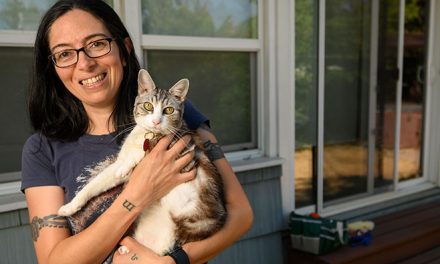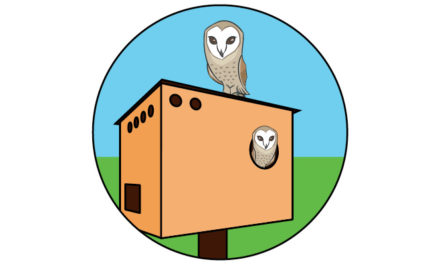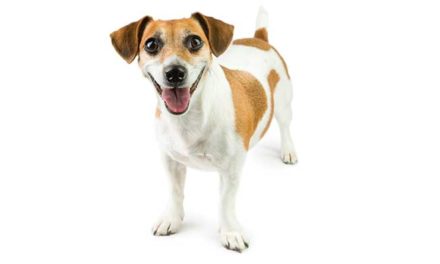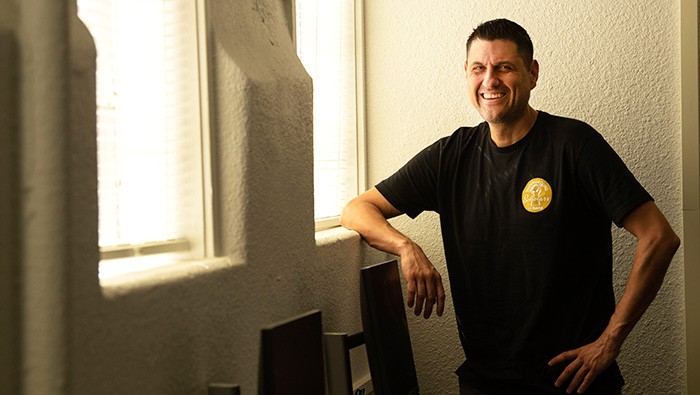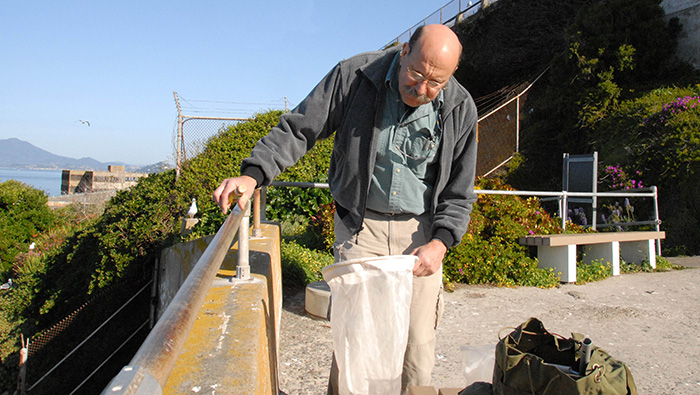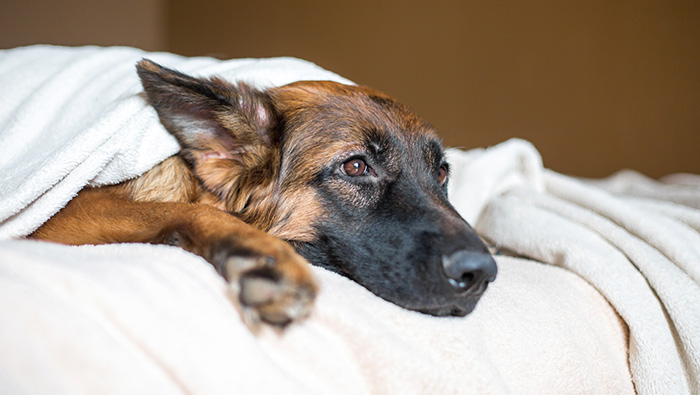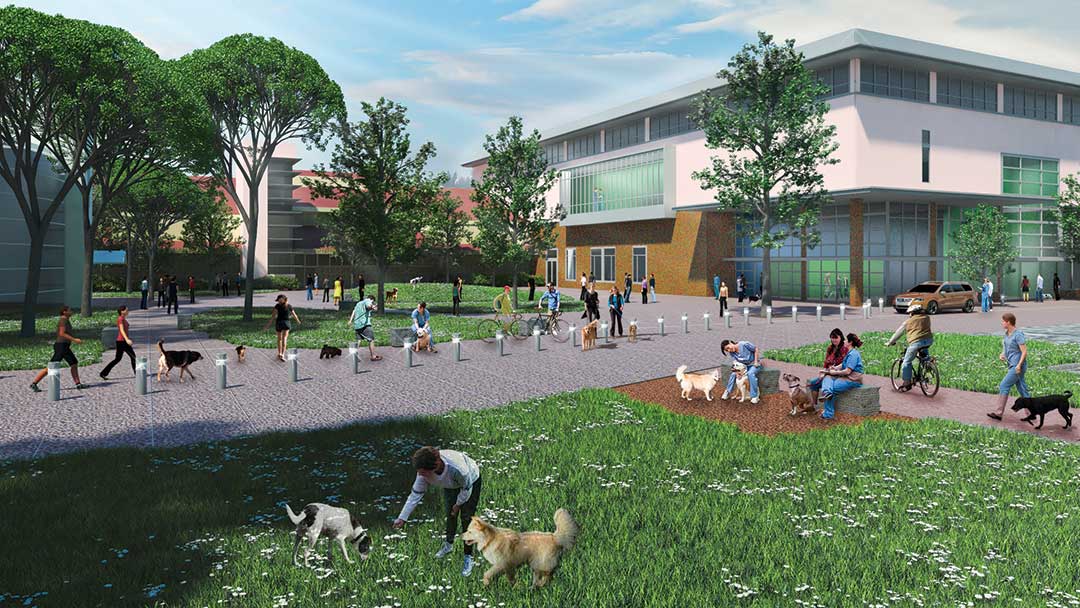
Artist’s rendering of the new small-animal clinic.
New Veterinary Medical Center on the Drawing Board
In 1970, the Apollo 13 crew dodged catastrophe on its way to the moon, Ford rolled out the first Pinto, California re-elected Ronald Reagan governor — and the UC Davis School of Veterinary Medicine threw open the doors to its $6 million Veterinary Medical Teaching Hospital.
As the only tertiary, or third-tier, veterinary referral center in California, it quickly drew patients from throughout the state and as far away as Japan.
During the ensuing 45 years, the hospital has provided — and
often pioneered — advanced technologies and treatments, including kidney dialysis, heart pacemakers, joint replacements, cancer treatments and stem cell therapy. Its patients run the gamut, from dogs, cats, reptiles, birds and other companion animals in the small-animal clinic to horses, llamas and livestock in the large-animal clinic.
Designed to accommodate 3,000 patients annually, the teaching hospital’s yearly caseload in recent years topped 51,000 patients. To keep pace with this growing demand, the nation’s top-ranked vet school plans to dramatically update and expand the hospital into a comprehensive center, equipped to provide state-of-the art services, while training the next generation of veterinarians.
“We envision creating a capstone facility for the veterinary complex here at UC Davis and the finest such facility in the world,” said the school’s dean, Michael Lairmore.
The school is in the early planning stages of developing the physical layout. The effort will be phased, allowing for new construction and smooth operation of current clinical services and patient care.
Major areas to be constructed over the next 10 years include centers for livestock and field service, equine performance, all-species imaging, equine surgery and critical care, as well as a new small-animal hospital and community practice and surgery.
Planning for the first phases of the small-animal, livestock, equine and laboratory projects is underway. Additional exam space for small animals and exotics is also being considered.
“As we consult with our clinical team and anticipate the future needs of our clients and their animals,” Lairmore said, “we’re getting a real sense of the excitement and anticipation that surely must have gripped our predecessors some 50 years ago.”

